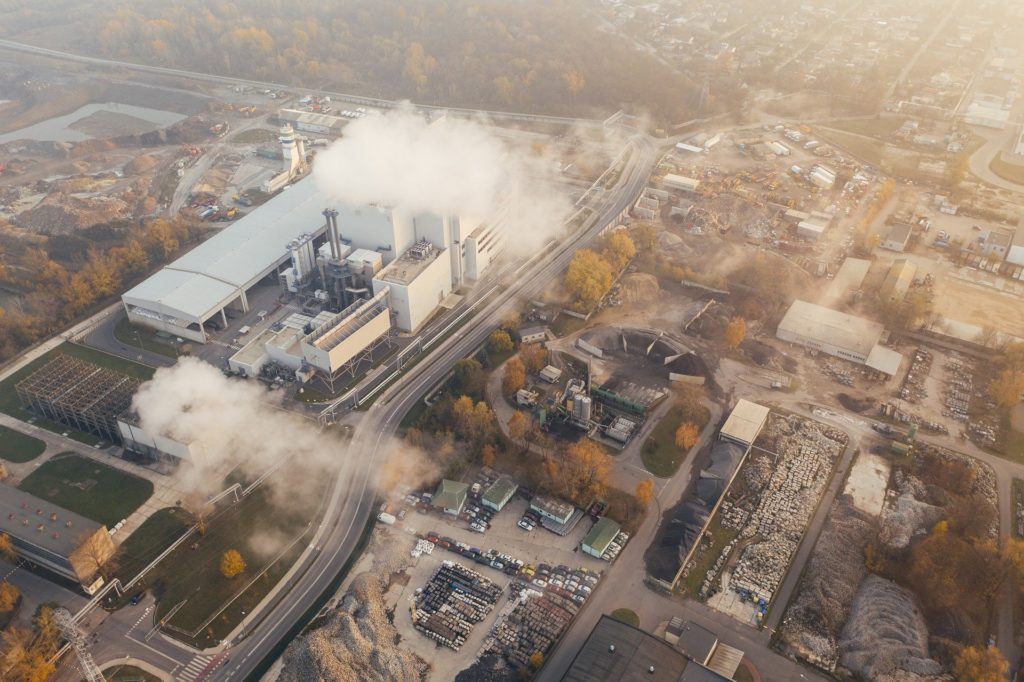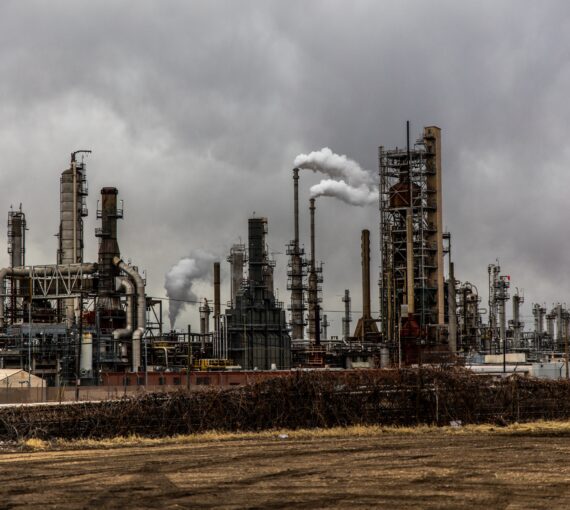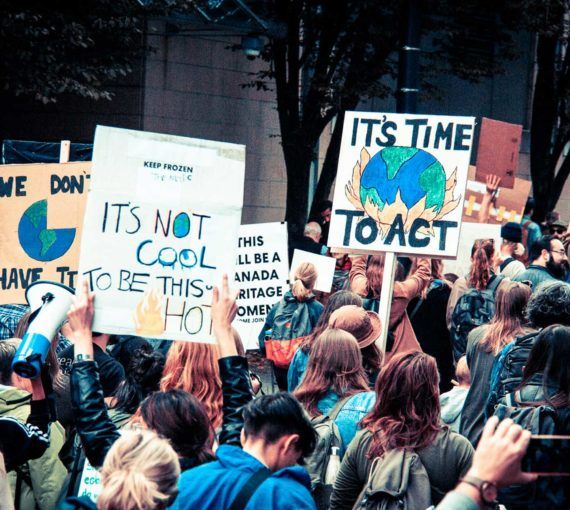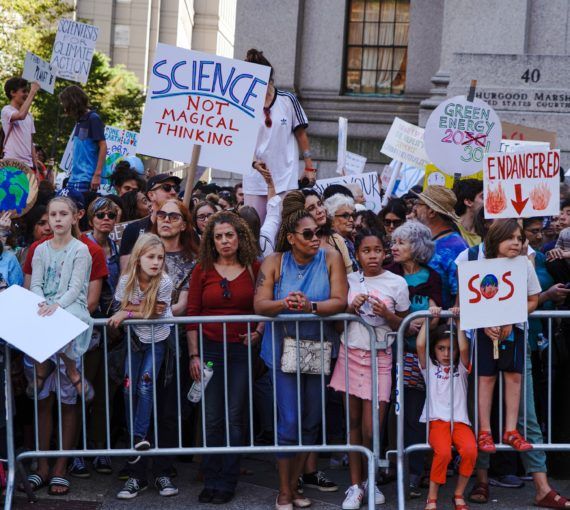
Today’s atmosphere contains 42 per cent more carbon dioxide than it did at the start of the industrial era. Levels of methane and carbon dioxide are the highest they have been in nearly half a million years. (Photo: marcinjozwiak via Pixabay)
Much like the glass of a greenhouse, gases in Earth’s atmosphere sustain life by trapping the sun’s heat. These “greenhouse gases” allow the sun’s rays to pass through and warm the planet but prevent this warmth from escaping the atmosphere into space. Without them, Earth would be too cold to sustain life as we know it.
When we talk about greenhouse gases, we’re referring to carbon dioxide, methane, nitrous oxide, hydrofluorocarbons, perfluorocarbons and sulphur hexafluoride.
How are greenhouse gases changing the climate?
For thousands of years, the global greenhouse gas supply was essentially stable. Natural processes removed as much carbon from the atmosphere as they released.
Human activities like burning fossil fuels have added huge quantities of carbon dioxide, methane and nitrous oxide to our atmosphere, creating a “greenhouse effect” that traps energy from the sun and causes Earth’s temperature to rise. Deforestation and intensive agriculture also contribute greenhouse gas emissions, but not nearly as much as fossil fuel production, which accounts for 75 per cent of greenhouse gas emissions in North America.
As a result, the climate is changing worldwide. That change has increased the severity and frequency of storms, heat waves, wildfires and heavy rains. Climate disruption is also causing sea level rise, ocean acidification, plant and animal species extinction and permafrost melting. As the level of greenhouse gas pollution in Earth’s atmosphere continues to rise, these effects will worsen.
It’s clear that climate change is here — the last decade has been the hottest on record. We’ve known about it for over a century but have delayed taking action again and again.
It’s crucial that we act now.
If we can cut our emissions in half this decade and reach net-zero emissions by mid-century, we still have a chance to avoid the most catastrophic impacts of climate change.
How can we reduce greenhouse gas emissions?
In order to reduce our greenhouse gas emissions, we need to:
- Stop wasting energy. Vehicles and buildings waste a lot of energy. We need to make buildings (new and existing) more efficient, emphasize public transit over private vehicles and use technologies such as electric motors to reduce wasted energy and bring overall energy demand down.
- Electrify everything so that the building, transportation and industrial sectors run on electricity instead of fossil fuels.
- Clean up electricity grids. This means phasing out the use of coal, oil and natural gas to generate electricity and using forms of energy like solar, wind and hydro.
- Prioritize what really matters. Instead of focusing solely on economic growth, we can choose to measure prosperity through the well-being of people and the planet.
- Find ways to take carbon emissions out of the atmosphere (also known as “sequestering carbon”). Wetlands, forests and other ecosystems can absorb and store carbon dioxide if they are healthy and intact, so we must protect and restore them.
- These “nature-based solutions” reduce emissions and protect communities from flooding and drought.
- Retrain workers in fossil fuel and related industries so they can thrive in the new, low-carbon economy.
- Support a strong clean fuel standard. Since most of today’s gas-powered cars and trucks will be on the road for another decade, government must implement a clean fuel standard that requires fossil fuel companies to reduce the carbon intensity of their fuels. This will help advance low-carbon fuel sources like biofuels and electrification.
What to learn more? Find out how to cut carbon in your life. Or take a deep dive into our Zeroing in on Emissions report, which highlights ten ways to help Canada zero out emissions by 2050.

Did you know?
Of the six greenhouse gases, three are of primary concern because they’re closely associated with human activities:
- Carbon dioxide is the main contributor to climate change, especially through the burning of fossil fuels.
- Methane is produced naturally when vegetation is burned, digested or rotted without oxygen. Oil and gas production, cattle farming, waste dumps and rice farming release large amounts of methane.
- Nitrous oxide, released by chemical fertilizers and burning fossil fuels, has a global warming potential 310 times that of carbon dioxide.



